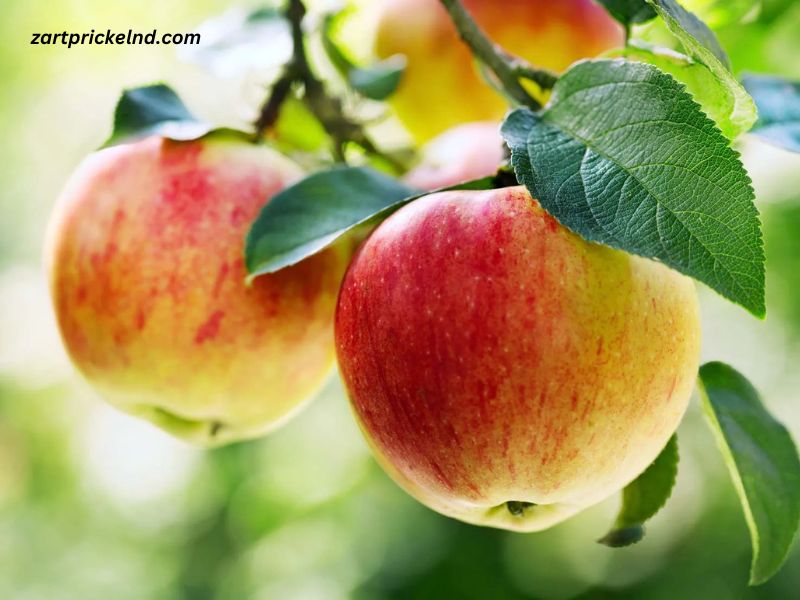Johnny Appleseed is an iconic figure in American folklore, celebrated for his eccentricities, his love of nature, and, of course, his apples. But beyond the tall tales and whimsical images of a man wandering barefoot through the wilderness, planting apple trees wherever he went, is the story of a man whose mission was rooted in practicality, innovation, and an enduring love for the environment.
Who was the real Johnny Appleseed? And what lessons can we learn from his remarkable life’s work? Let’s dig in to uncover the fascinating legacy of a man who wanted nothing more than to plant apples—and ended up inspiring generations.
The Myth vs. the Reality of Johnny Appleseed
Johnny Appleseed, born John Chapman in 1774, has been mythologized into a larger-than-life character. The myths paint him as a saint-like wanderer aimlessly sowing wild apple seeds, dressed in rags with a pot for a hat. While the imagery is charming and deeply rooted in American folklore, the truth about Johnny Appleseed is even more interesting.
The real John Chapman was a skilled nurseryman and entrepreneur. He traveled across the American frontier—into modern-day Pennsylvania, Ohio, Indiana, and Illinois—establishing apple orchards in strategic locations. These were not random acts of sowing but carefully planned nurseries. Chapman planted trees primarily from seeds, which produced apples intended for cider—a staple in early American life.
His work wasn’t simply about growing trees; it was a deliberate strategy to claim land on the frontier. Under the “homestead laws” of the time, planting apple or pear orchards was a way for settlers to establish ownership of land. Chapman’s orchards were a blend of environmental purpose and shrewd business acumen.
Promoting Apple Varieties and Advancing Early American Agriculture
At a time when grocery stores full of produce were unimaginable, Johnny Appleseed’s orchards provided settlers with an essential agricultural resource. The apples he promoted were not the sweet varieties we snack on today (most of those are the product of centuries of selective breeding). Instead, they were small, tart apples best suited for making cider—a crucial drink on the frontier, as it was safer to consume than water at the time.
Chapman also played a significant role in promoting biodiversity. Rather than cloning trees through grafting, he propagated apples from seeds, which create more genetically diverse trees. This variety ensured resilience to pests, diseases, and environmental changes, making his orchards a pivotal resource for navigating the challenges of frontier farming.
Through this practice, Chapman advanced early American agriculture and laid the foundation for many of the apple varieties we enjoy today.
Lessons in Sustainability from Johnny Appleseed
One of the most remarkable aspects of Johnny Appleseed’s story is his approach to sustainability and his respect for nature. While some settlers cleared large tracts of land for farming, Chapman’s nurseries preserved the landscape. He worked with, rather than against, nature—planting trees in harmony with the environment and opting not to disrupt ecosystems unnecessarily.
Johnny Appleseed also embodied a lifestyle of minimalism and ethical responsibility. He reportedly lived frugally, rarely accepting money for the trees he planted, and sought to spread his belief in the sanctity of all living things. This approach was ahead of its time and resonates strongly in today’s discussions around sustainability and environmental conservation.
For modern nature enthusiasts, Chapman serves as a historical figure whose work reminds us to think long-term about our relationship with the environment. Planting trees, promoting biodiversity, and responsibly utilizing natural resources are just as relevant today as they were in the early 1800s.
Johnny Appleseed’s Legacy in Modern Agriculture
The legacy of Johnny Appleseed extends far beyond the orchards he planted. His pioneering work helped define the rugged spirit of early American agriculture. Today, many of the apple varieties he worked with have evolved into popular cultivars, connecting us with a piece of agricultural history every time we pick up an apple at the market.
His influence also extends into the modern understanding of sustainable agriculture. The genetic diversity of his apple trees created a robust foundation for future innovations. Today, agricultural researchers often look to wild orchards and diverse fruit crops, including those reminiscent of Johnny’s approach, as a solution to combat pests, climate change, and the dwindling genetic stock caused by monoculture farming.
Additionally, his ethos of working in harmony with nature has become a key principle for many who advocate for sustainable land management practices around the world.
Why Johnny Appleseed Still Matters
Johnny Appleseed’s life offers us a beautiful example of how one person can shape the world in a meaningful way. His dedication to planting trees created tangible benefits for early settlers while advancing agriculture, nurturing biodiversity, and protecting natural ecosystems.
Whether you’re a history buff fascinated by the larger-than-life tales or an environmentalist seeking inspiration, the story of Johnny Appleseed reminds us of the power of thoughtful action. Each apple tree he planted was a small, deliberate step toward creating a more sustainable world.
Planting Seeds of Change
The legacy of Johnny Appleseed challenges us to follow his example. How can we contribute to the health of our planet? What small, meaningful actions can we take today that might grow into something lasting for future generations?
Johnny Appleseed didn’t just plant apple trees. He planted ideas about sustainability, respect for nature, and the importance of long-term thinking. Those are seeds worth spreading.







